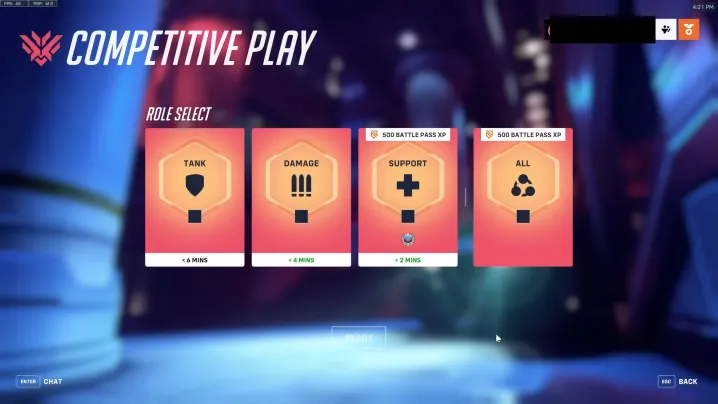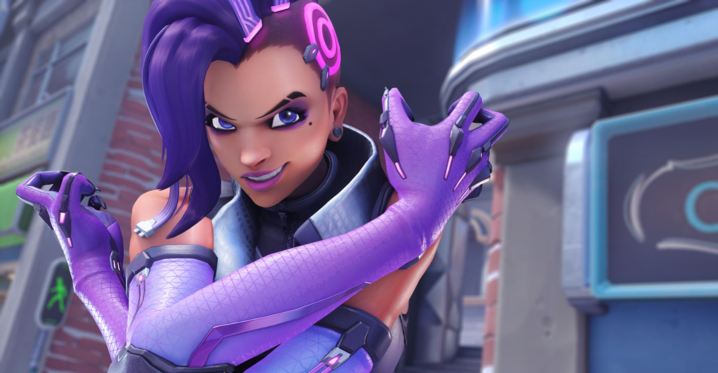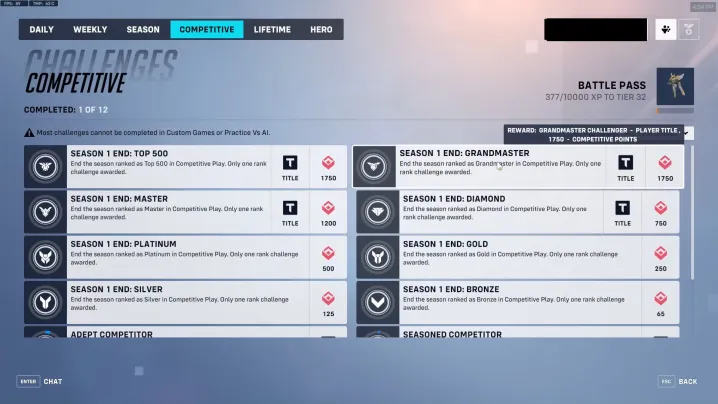Not all shooters need, or are intended, to be taken seriously. Some games are just meant to be pure fun with no need to be concerned with how well you’re doing, how many kills you get, or which team comes out on top. Overwatch 2 certainly can be played that way, but it also has developed a highly passionate and dedicated audience that wants to master the game and play at the highest levels. While you don’t need to be planning on going to any tournaments, it can be a lot of fun to get your group together and see how you do against another team of serious players.
Unlike your standard Quick Play matches, you can’t just jump straight into competitive matches when first booting up Overwatch 2 (unless you are upgrading from the first game and have already unlocked it there). This is to allow players a chance to learn the game a bit before diving into an environment where players are taking the game much more seriously. Ranks and divisions are on the line here, after all. If you’re curious about how the entire competitive mode works in Overwatch 2, here’s a full breakdown.
See more
- Overwatch 2: How to merge your accounts
- Every Overwatch 2 character confirmed so far
- Overwatch 2 battle pass explained
What is competitive mode?

As described, competitive mode is Overwatch 2‘s playlist, where you are ranked and sorted based on your performance. The ultimate goal is to reach the highest rank possible by winning as many games as possible. Of course, the higher ranks you reach, the tougher the competition will become.
Starting competitive mode will put you in your placement matches to determine your starting rank. These placement matches will last until you win seven matches, meaning it could very well take far more than seven matches to get placed. Once given your first rank, your rank will change after every subsequent seven wins or 20 losses and will go up and down based on these matches.
Keep in mind that each role (Tank, Support, and Damage) are all ranked separately. That means you could be at a high rank with one role but still need to complete your placement matches if you decide to switch to another.
How do skill tiers and divisions work?

Overwatch 2 breaks down the competitive mode into skill tiers and divisions in an attempt to match you with opponents who are as close to your skill level as possible.
Skill tiers are based on earning Competitive Points, while divisions are subsets within these tiers. The skill tier and division you are in will not only impact who you will be matched up against but also who you can team up with. You must be within two skill tiers of a friend in order to party up with them, up until the top tier, in which you need to be within one, and the absolute top-level players must be within the same three divisions.
Another stipulation that will only apply to the best of the best is that if you reach Grandmaster, you will also be limited to playing solo or with just one partner when searching for matches.
What are competitive mode ranks?
Here are all the skill tiers you can be placed in and progress through in Overwatch 2. Within each of these skill tiers, there are five divisions ranked from five to one. Division five is the lowest rung on the ladder, with one being the highest. Being in division one means you’re about to go up to the next skill tier, while dropping down to five means you may fall to the next lower skill tier.
- Bronze
- Silver
- Gold
- Platinum
- Diamond
- Master
- Grandmaster
- Top 500
How to rank up

Ranking up in competitive mode is everyone’s goal, but it isn’t a simple process. As mentioned, your rank will only update upon your seventh win or 20th loss or tie. But that isn’t exactly as clear as the reality. What that truly means is that your progression, or regression, in rank all comes down to a single game, either your seventh win or 20th loss or tie. To make it even more complex, the bigger the gap between wins and losses will dictate how far up or down you move.
For example, winning seven straight matches with no losses or ties will move you the maximum distance up in rank. If you win seven and lose 10, you won’t go up as far, and so on for more losses. Likewise, if you lose 20 with no wins, you will drop as much as possible, but each win you get will slow your descent some.
What are Competitive Points, and how do I get them?

We mentioned Competitive Points in passing, but they have no bearing on your actual rank or placement. These points are earned by either winning or drawing matches while playing in competitive mode and are also paid out for finishing a season while at least placed in the Bronze tier. You earn 15 points for a win and just five if you draw. Here are how many bonus points you get depending on which rank you end a season at:
- Bronze: 65 points
- Silver: 125 points
- Gold: 250 points
- Platinum: 500 points
- Diamond: 750 points
- Master: 1,200 points
- Grandmaster: 1,750 points
- Top 500: 1,750 points
Competitive Points only have one use right now, which is to unlock golden weapons for your characters. You can unlock them for every character in the game, but each one will cost you a massive 3,000 points, so you might be saving up for quite a while.



